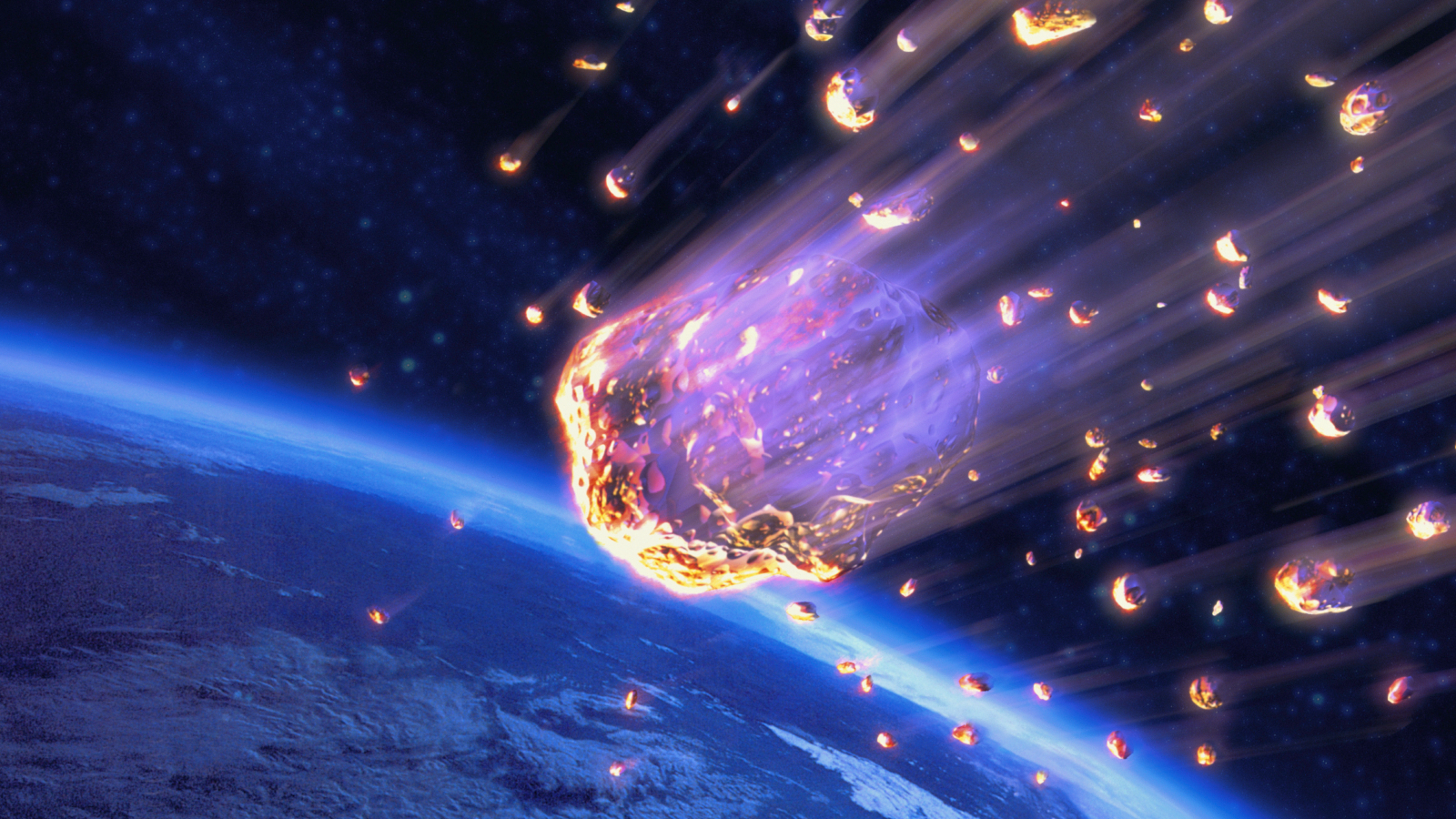The year 2032 could bring an unwelcome visitor from space: asteroid 2024 YR4. Scientists are closely monitoring the trajectory of this space rock, assessing the potential for a future Earth impact after a close lunar encounter.
Asteroid 2024 YR4: A Potential Threat?
Asteroid 2024 YR4, dubbed a “city killer” due to its estimated size and potential destructive power, was recently discovered and immediately flagged for its potentially hazardous orbit. Initial projections indicate a close approach to Earth in 2032, but the exact trajectory remains uncertain due to gravitational influences, particularly that of the Moon. According to Dr. Eleanor Vance, an astrophysicist at the California Institute of Technology, “The Moon’s gravity can act as a celestial billiards cue, altering the asteroid’s path in unpredictable ways. This makes precise long-term predictions incredibly challenging.”
The Lunar Influence
The Moon’s gravitational pull plays a significant role in shaping the orbits of near-Earth objects. A close encounter with the Moon can deflect an asteroid, either increasing or decreasing its orbital period and bringing it closer to, or further away from, Earth. This phenomenon, known as a gravitational keyhole, makes predicting the long-term trajectory of asteroids like 2024 YR4 exceptionally difficult. As a result, continuous monitoring and refinement of trajectory models are crucial.
Assessing the Impact Probability
Currently, the probability of an actual impact in 2032 is considered low, but not negligible. NASA’s Center for Near Earth Object Studies (CNEOS) is actively tracking 2024 YR4, refining its orbit calculations as new data becomes available. “We are using advanced radar observations to precisely determine the asteroid’s position and velocity,” stated Paul Chodas, manager of CNEOS, in a recent press briefing. “These measurements will allow us to significantly reduce the uncertainty in its future trajectory.” According to a recent report published by the European Space Agency’s (ESA) Near-Earth Object Coordination Centre, the impact probability will be updated regularly as observational data improves.
City Killer Asteroid: What if it Hits?
The term “city killer” is used to describe asteroids large enough to cause significant damage to a metropolitan area. While 2024 YR4’s exact size is still being determined, estimates suggest it could cause widespread destruction upon impact. The severity of the impact would depend on several factors, including the asteroid’s size, composition, impact angle, and the location of impact. A direct hit on a major city could result in widespread devastation, including significant loss of life and economic disruption. However, a more likely scenario is an impact in an ocean, which could generate a large tsunami.
Planetary Defense Measures
The potential threat posed by asteroids like 2024 YR4 highlights the importance of planetary defense initiatives. Several strategies are being developed to mitigate the risk of an asteroid impact, including:
- Deflection: Using spacecraft to gently nudge an asteroid off its collision course. NASA’s Double Asteroid Redirection Test (DART) mission successfully demonstrated this technology in 2022.
- Disruption: Fragmenting an asteroid into smaller, less dangerous pieces using a nuclear device. This is considered a last resort option due to the potential risks associated with nuclear explosions in space.
- Early Warning Systems: Improving our ability to detect and track near-Earth objects to provide sufficient warning time for implementing deflection or disruption strategies. The Vera C. Rubin Observatory, currently under construction in Chile, is expected to significantly enhance our asteroid detection capabilities.
The Ministry of Technology confirmed that funding for near-earth object research has increased by 15% for the coming fiscal year, allowing for more comprehensive monitoring and development of mitigation strategies.
Future Monitoring of Asteroid Threats
The ongoing monitoring of asteroid 2024 YR4 serves as a reminder of the potential dangers posed by near-Earth objects. Continuous observation, improved trajectory modeling, and the development of effective planetary defense strategies are essential for protecting our planet from future asteroid impacts. The International Astronomical Union (IAU) plays a crucial role in coordinating international efforts to track and characterize potentially hazardous asteroids. Public awareness and support for planetary defense initiatives are also vital for ensuring the long-term safety of our planet. The Committee on Space Research (COSPAR) is currently drafting a framework for international cooperation on planetary defense, aiming to establish clear protocols and responsibilities for responding to future asteroid threats.
While the possibility of asteroid 2024 YR4 impacting Earth in 2032 is currently considered low, the situation underscores the importance of vigilance and continued investment in planetary defense. By actively monitoring near-Earth objects and developing effective mitigation strategies, we can significantly reduce the risk of a catastrophic asteroid impact and safeguard our planet for future generations.
